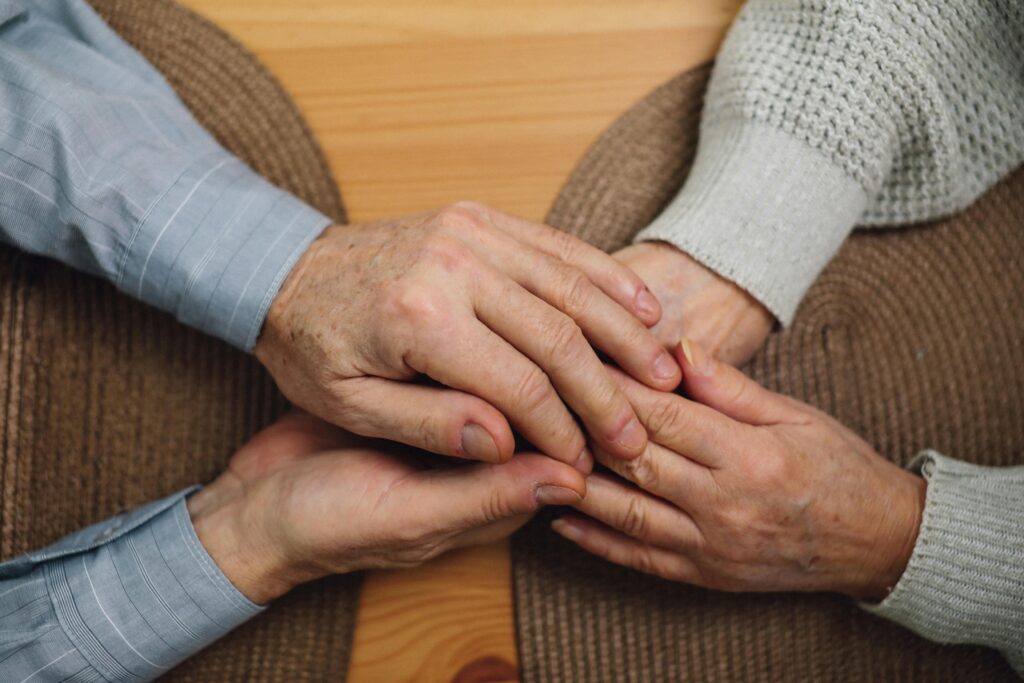Deciding when to move into assisted living is never easy, but recognizing the signs can help make the transition smoother and safer for your loved one.
One of the clearest indicators is a decline in personal care. If bathing, dressing, cooking, or managing medications becomes difficult or inconsistent, assisted living can provide daily support while preserving independence. Frequent falls, mobility issues, or noticeable weight loss may also signal that extra help is needed.
Memory loss is another important factor. Forgetting appointments, getting lost, or repeating stories may indicate early signs of dementia or Alzheimer’s. Assisted living communities often have memory care programs designed to ensure safety and well-being.
Social isolation is another red flag. Seniors who are no longer driving or who have lost a spouse may withdraw from friends and favorite activities. Assisted living offers built-in social opportunities that can significantly boost mood and mental health.
Ultimately, it’s about quality of life. If your loved one’s safety or happiness is at risk, it might be time to explore assisted living. These communities offer support, companionship, and peace of mind—for both residents and their families. Early planning helps make the decision a thoughtful and empowering one.


